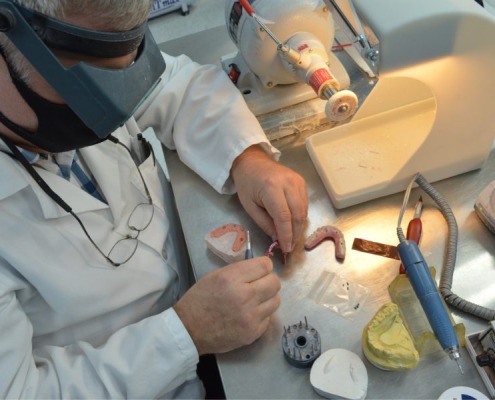
A Breakthrough in Dental Care: ADA’s New Guideline for Conservative Carious Tissue Removal
0 Comments
/
The American Dental Association (ADA) has taken a monumental…

Dental Implants & Treatment: The Power of Patient Communication
As dental professionals, we understand the complexity of dental…
